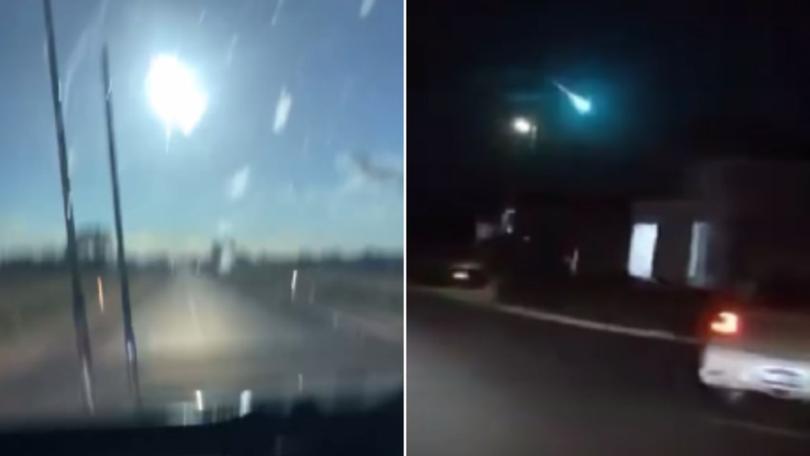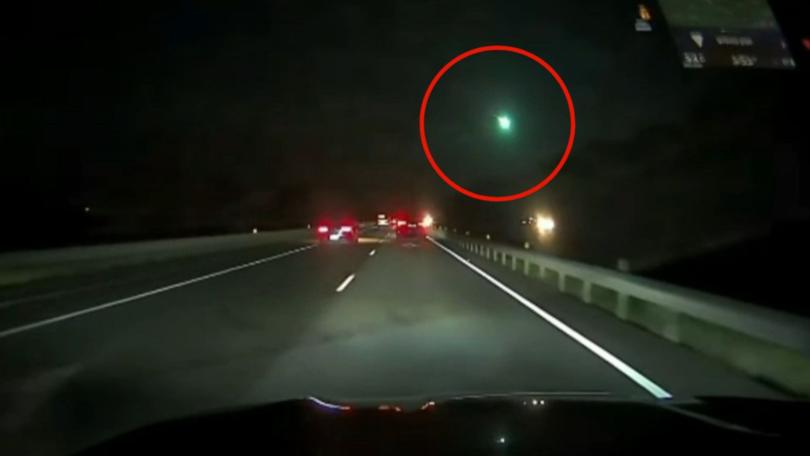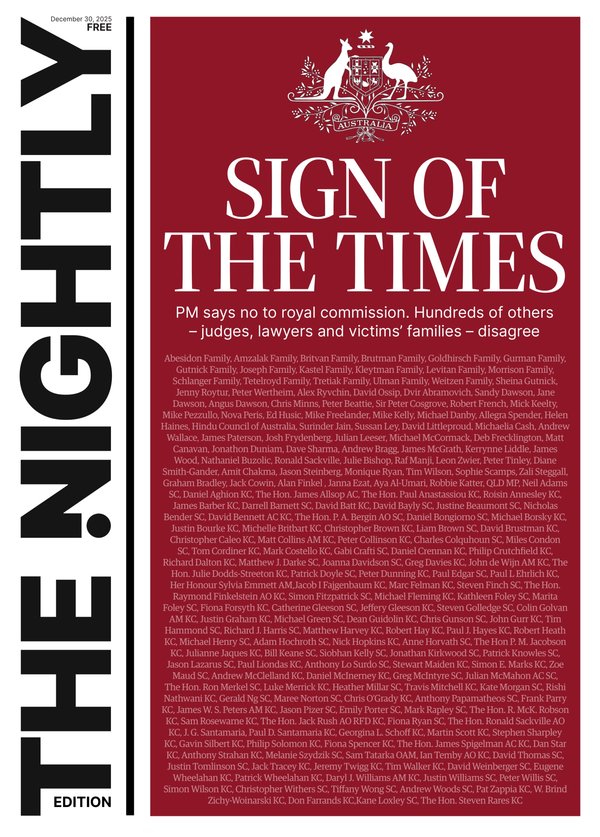Green flash lights up night sky as meteor streaks across parts of Australia’s east coast

A large green meteor has flashed across the sky in a dramatic celestial display over parts of the east coast.
As the Easter long weekend came to a close, those travelling home were welcomed with an unusual cosmic display as a large meteor lit up the night sky, flashing green and red before disappearing about 7.27pm on Monday.
Reports from startled residents spotting the fireball as far north as Bundaberg in Queensland, and as far south as Grafton in NSW.
Sign up to The Nightly's newsletters.
Get the first look at the digital newspaper, curated daily stories and breaking headlines delivered to your inbox.
By continuing you agree to our Terms and Privacy Policy.The meteor is believed to be part of the Lyrid Meteor showers, which peak in activity between Monday, April 21 and Tuesday, April 22.
“We were out at dinner on the Gold Coast just now and saw the most insane meteor,” one person posted online.
“Saw it from the Bruce Highway at 7.30pm driving towards Noosa as I went past Gympie, it flashed by from the west,” said another.
Others said they heard a ‘boom’ noise similar to thunder has the meteor broke up overhead.

“Bolides, also known as fireballs, are exceptionally bright meteors that explode in the atmosphere, sometimes with a visible flash or even a sonic boom,” Matt Wood from Perth Observatory said.
“They’re more common than many people realise, but most go unnoticed because they occur over oceans, uninhabited areas, or during daylight.”
Meteors are leftover comet particles and bits from broken asteroids.
Every year, Earth passes through these debris trails, which allows the bits to collide with our atmosphere where they disintegrate to create fiery and colourful streaks in the sky, according to NASA.
Meteors made out of magnesium will appear to have a green or teal colour, according to AccuWeather.
The Lyrid meteor showers have been observed for thousands of years, with as many as 100 meteors seen per hour in some cases.
They can produce the occasional bright flash called a fireball, such as the one seen on Tuesday night.
Originally published on 7NEWS
